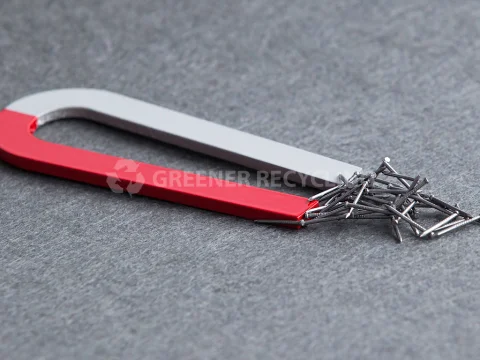
Greener Recycling accepts a wide variety of metals and alloys. We provide expert advice on preparing the scrap metal, pick up services if needed, and, of course, the best prices.
It can be challenging for scrap yard customers to correctly sort their metal scrap, but it is an important task. Different metals and alloys have different chemical properties and are recycled in different ways, and this affects what you are paid for them.
Let’s take a look at the differences between ferrous and non-ferrous metals and alloys. Ferrous metals and alloys contain iron, and non-ferrous metals and alloys do not.
Some examples of ferrous metals are cast iron and wrought iron. Different types of steel, like stainless steel and carbon steel, are ferrous alloys. Ferrous metals and alloys have high melting points, good tensile strength, are easily shaped, can conduct heat and electricity, and are magnetic.
Some examples of non-ferrous metals are copper, zinc, nickel, brass, aluminum, and lead. They have very different properties from one another and are used for a variety of applications. What all non-ferrous metals have in common is they are not magnetic because they do not contain iron. This means a good way to determine whether a metal or alloy contains iron or not is to see if it sticks to a magnet. If it does, sort it into the ferrous pile; if it doesn’t, put it in the non-ferrous pile.
Greener Recycling is always ready to give you expert advice on sorting your metal scrap and picking it up from you if needed.
